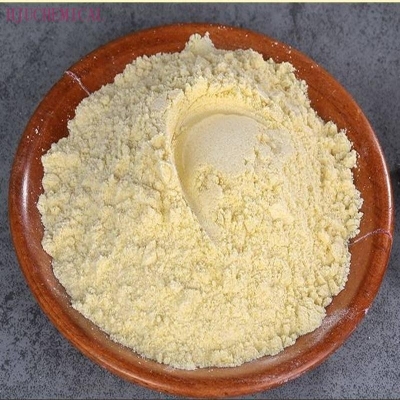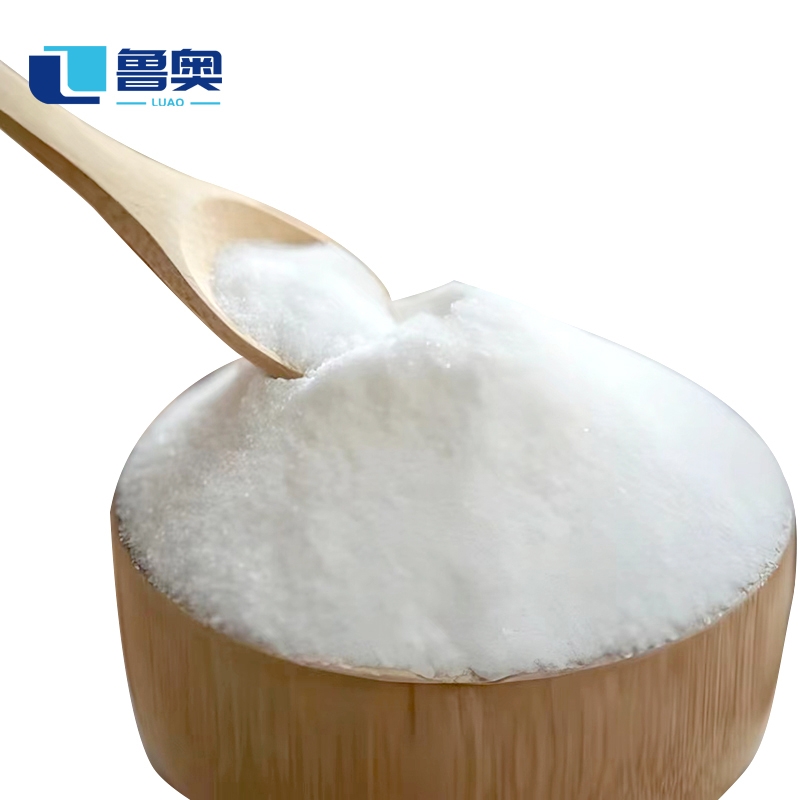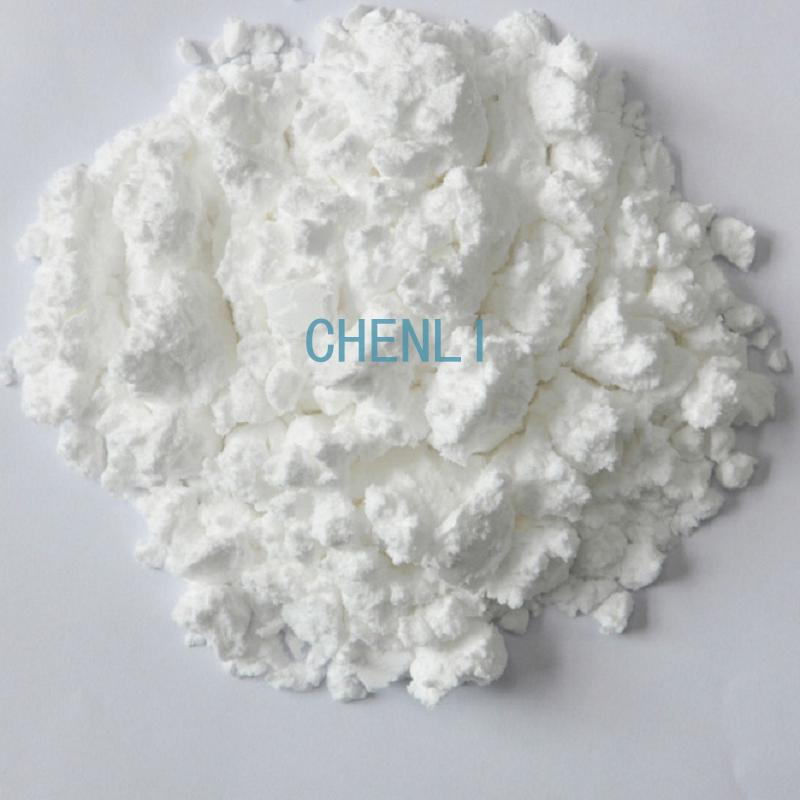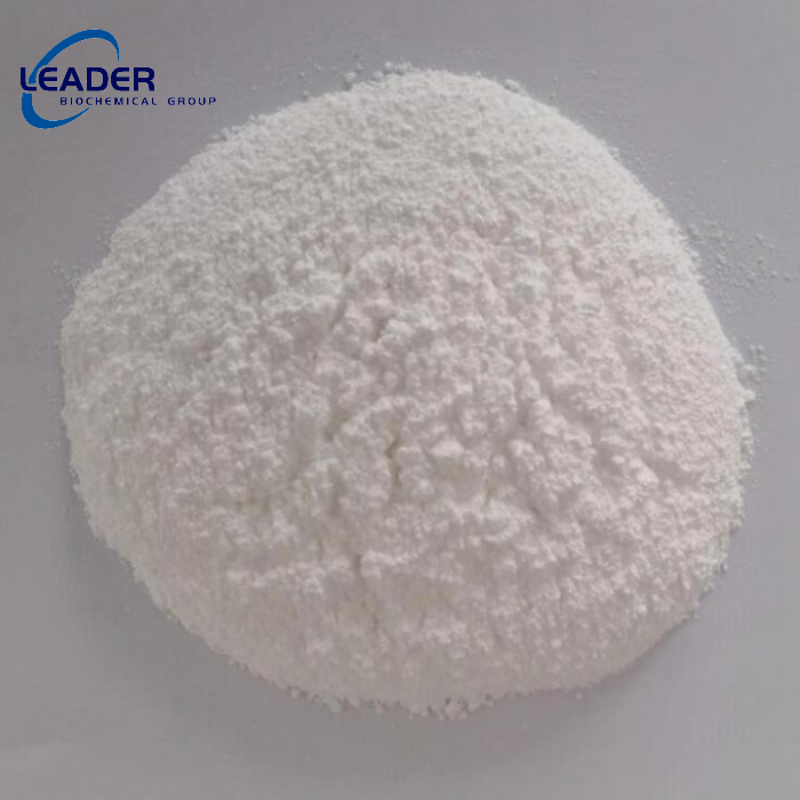Biochemical Engineering
- • Amino Acids and Proteins (221)
- • Nucleic Acid Drugs (18)
- • Enzymes and Coenzymes Drugs (115)
- • Inhibitors (1083)
- • Biological Response Modifiers (15)
- • Fat Medicines (7)
- • Amino Acids and Derivatives (4144)
- • Saccharides (2371)
- • Biochemical Reagents (322)
- • Nucleoside Drugs (346)
- • Condensing Agent (40)
- • Polypeptide (619)
- • Biosynthetic Natural Products (105)
- • Plant Extracts (813)
- • Chinese Herbs (352)
- • Microbiology Reagents (11)
- • Protein Research (34)
- • Lipids (281)
- • Inflammation Mediators (128)
Related News
-
In 2023, the international food price index fell nearly 14% YoY , and only the price index of sugar and rice rose
2024-01-10 -
Shanghai Takes the Lead in Curbing Sugary Beverage Consumption with Innovative Health Warning Labels
2023-10-19 -
Russia's Penza prefecture exported more than 1,500 tons of beet slag to China
2023-03-28 -
Bulgaria plans to introduce regulations on sugar consumption requirements
2022-12-23 -
High sugar prices in Bangladesh show no signs of abating
2022-12-14 -
How Does Sugar React With Vinegar? Vinegar And Sugar, Unlikely Couple
2022-12-09
Saccharides
Get Saccharides Raw Materials by RegionIsorhamnetin
(480-19-3)-
Industrial Grade / 99%
-
- / 99.00%
-
Industrial Grade / 99%
-
Industrial Grade / 98%
$16-20/KG FOB
Request for quotation , get quotes from more suppliers.
-
- / 99.00%
-
Industrial Grade / 99%
-
Food Grade / 99%
-
![Tri-O-acetyl-D-glucal buy Tri-O-acetyl-D-glucal]()
Request for quotation , get quotes from more suppliers.
-
-
- / 99.00%
-
pharmaceutical grade / 99.9%
-
Pharmaceutical Grade / 99%
Request for quotation , get quotes from more suppliers.
-
various grades / 99%
-
Sodium disilicate,δ-samdwich crystal / 99%
-
-
- / 99.00%
Request for quotation , get quotes from more suppliers.
Calcium L-threonate
(70753-61-6)-
Top Product / 98%
-
- / 99.00%
-
Pharmacy Grade / 99%
-
Pharmacy Grade / 99%
Request for quotation , get quotes from more suppliers.
-
Chemical Grade / 95%
-
- / 99.00%
-
Pharmacy Grade / 99%
-
Industrial Grade / 99%
Request for quotation , get quotes from more suppliers.
D-Glucose, 2-deoxy-2-(sulfoamino)-, sodium salt (1:1)
(38899-05-7)-
Pharmacy Grade / 99%
-
- / 99.00%
-
USP grade / 99%
-
Good Grade / 99%
$10/KG FOB
Request for quotation , get quotes from more suppliers.
1,2:5,6-Di-O-isopropylidene-D-mannitol
(1707-77-3)-
- / 99.00%
-
Pharmacy Grade / 99%
-
Pharmacy Grade / 99%
-
![1,2:5,6-Bis-O-(1-methylethylidene)-D-mannitol buy 1,2:5,6-Bis-O-(1-methylethylidene)-D-mannitol]()
Request for quotation , get quotes from more suppliers.
Penta-O-acetyl-α-D-glucopyranose
(604-68-2)-
-
Pharmaceutical Grade / 99%
-
Cosmetics Grade / 98%
-
Pharmacy Grade / 99%
Request for quotation , get quotes from more suppliers.
NADH
(58-68-4)-
- / 99.00%
-
Pharmacy Grade / 99%
-
![dihydronicotinamide-adenine dinucleotide buy dihydronicotinamide-adenine dinucleotide]()
Industrial Grade / 99%
-
![dihydronicotinamide-adenine dinucleotide buy dihydronicotinamide-adenine dinucleotide]()
Industrial Grade / 99%
Request for quotation , get quotes from more suppliers.















































